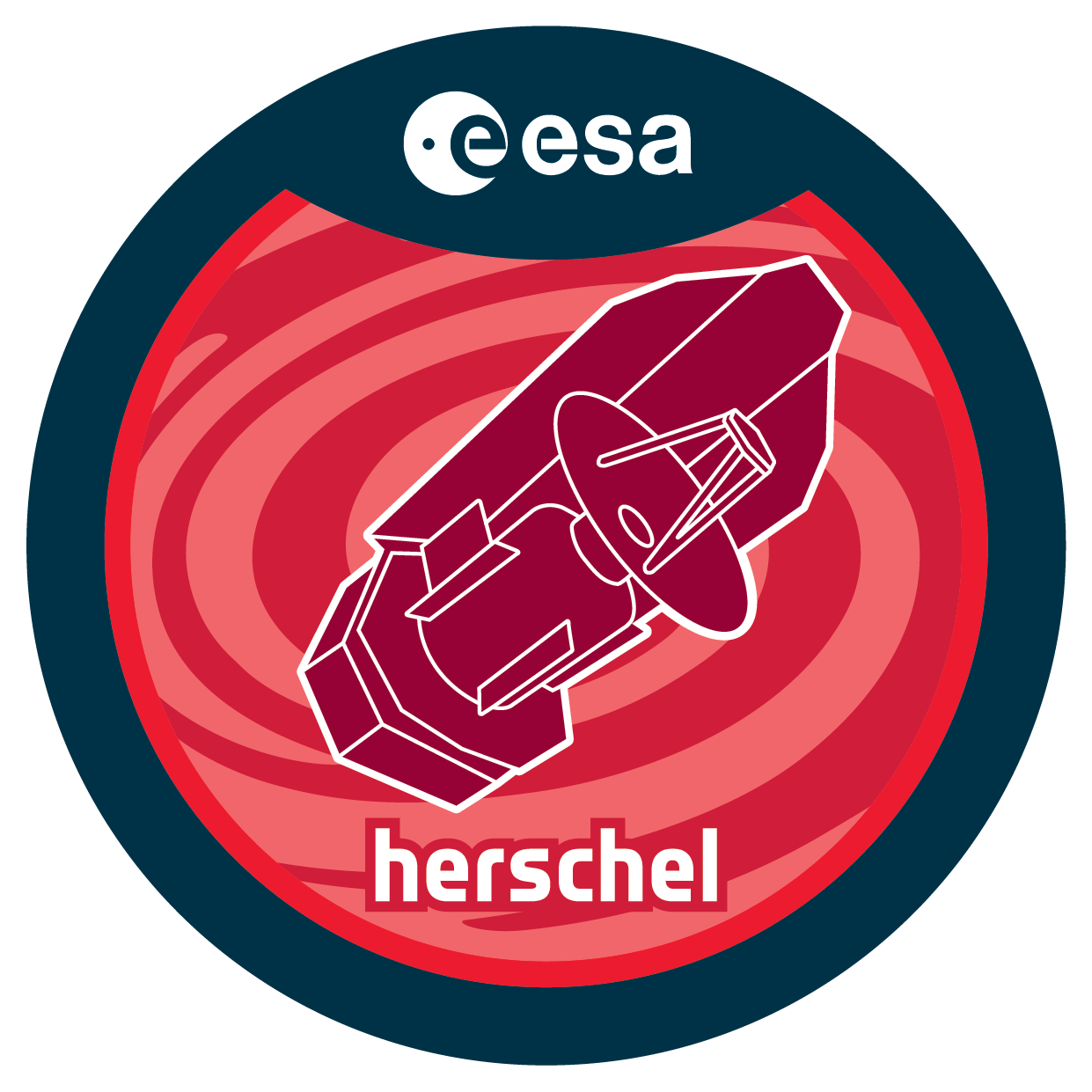| Description |
One of the biggest challenges in galaxy evolution is to understand how star formation ispowered in high-redshift star-forming galaxies. Recent discovery of unusually strong(EW > 500A) Halpha emission in majority of z>4 star-forming galaxies has providedindirect evidence that significant fraction of high-redshift star formation is fueled bymechanisms other than gas-rich merger, suggesting that cold gas accretion is an importantsource of cold, neutral gas in high-redshift galaxies. FIR cooling lines such asCII 158 micron line, produced by the UV stellar radiation like Halpha, affordan efficient probe to study physical properties of the interstellar medium in star-forminggalaxies. Therefore, we propose to observe CII emission line from local counterpartsof high-redshift strong Halpha Emitters to investigate the properties of cold neutralgas in these galaxies and understand how star formation is powered. We request total11.1 hours of Herschel/PACS observation using Line Spectroscopy AOT for 20 targets,detecting the expected CII line with line S/N of >3. Unlike the IR-luminous galaxiesor QSOs, HAEs are typical star-forming galaxies at high redshifts thus CII observationof local HAEs would provide the first measurement of CII and CII/FIR ratio oftypical high-redshift star-forming galaxies. Thanks to the existing data includingspectroscopy, the relationship between the observed CII and Halpha, FIR luminositycan be investigated as a function of metallicity, stellar population, extinction, etc.Such relationship would be able to tell whether CII/FIR ratio can be used as an indicatorthat discriminates merger-driven star formation and cold-flow driven star formation. Usingthe last opportunity of Herschel to access rest-frame FIR cooling lines of local galaxies,this observing program would provide a detailed physical framework for interpretation offuture large CII surveys in galaxies at higher redshifts using existing or plannedsubmm to radio facilities. |

